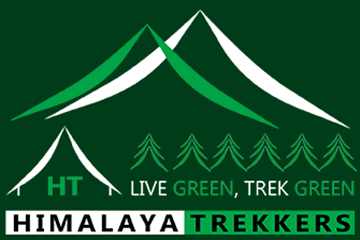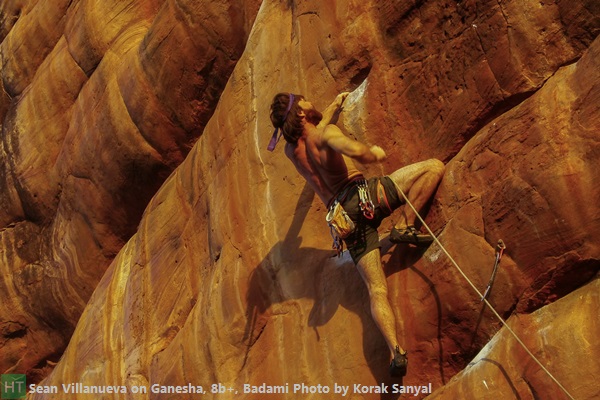
Rock climbing and bouldering in India: An overview and general guide
Once considered a subset of mountaineering, rock climbing has evolved in to a sport where the different facets of the sport are considered independent sport on their own right. The evolution started in Europe and United States, though it took a lot of time to reach India the evolution finally happened. Rock climbing grew on its own as an independent sport from mountaineering, particularly over the last twenty years. India became a destination for rock climbers from all over the world who came for the sole purpose of rock climbing and bouldering. Around this time a population of Indian climbers grew who started practising the modern contemporary style of the sport. They travelled around the country to rock climb and participated actively along with climbers from abroad to the development of rock climbing in India.
The country India has a very diverse topography which allows all the contemporary rock climbing disciplines to flourish, along with its unique cultural diversity India gives a very unique experience to travelling rock climbers from abroad.
Over the time some places grew to become iconic destinations in Indian rock climbing scene, here we table them as most popular destination for rock climbing and bouldering in India as well as we will look in to the climbing and bouldering potential around the major cities of India
Most popular destination for rock climbing and bouldering in India
Hampi:
Hampi is without exaggeration the largest bouldering area in the world. This amazing place is a UNESCO world heritage site and with the sheer amount of rock that is there, it makes it exciting to any climber to visit this amazing climbing paradise. The perfectly shaped orange granite boulders are affectionately called golden boulders and offers high quality powerful crimping on sharp edges, as well technical arêtes, corners and cracks. Though it is a world class bouldering destination Hampi also offers roped climbing. There are a good amount of single pitch sport routes as well some traditional rock climbs.
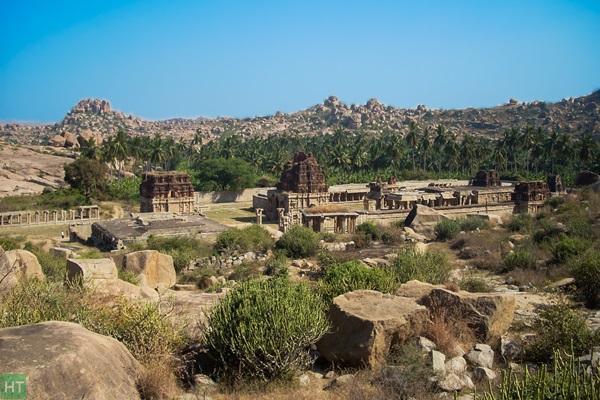
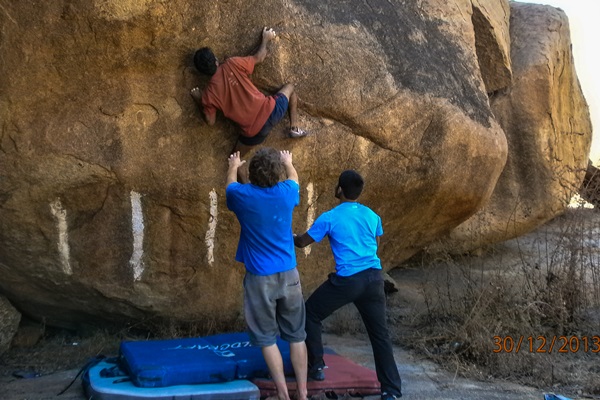
The bouldering in Hampi has a rich history. World renowned climbers like Jerry Moffatt, Kurt Albert and Leo Houlding all came and developed world class boulder problems. The British climber Paul (Pil) Lockey and his friends like Harry spend years developing hundreds of boulder problems and made Hampi a world bouldering destination. Hampi became world famous instantly after the movie Pilgrimage. This movie showcased world famous rock climber Chris Sharma and his friends travel and climbing in Hampi.
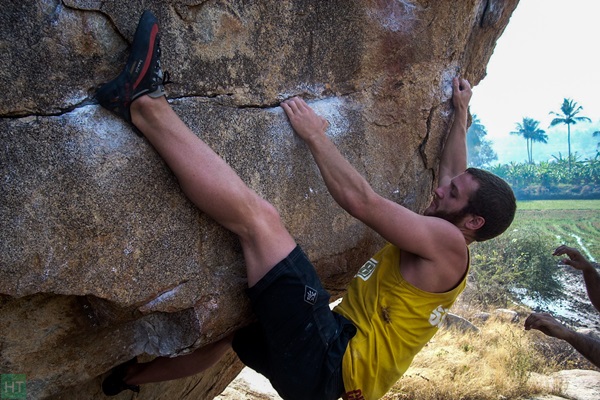
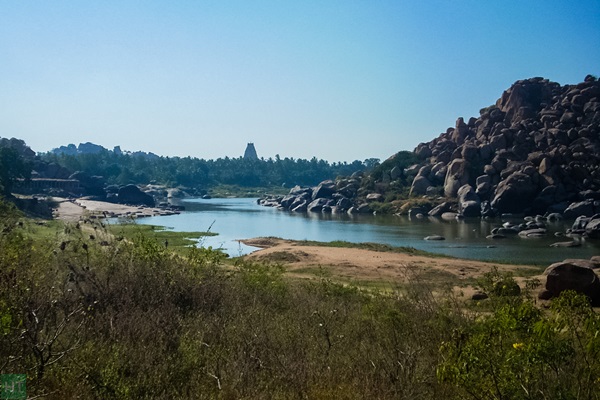
The best climbing season in Hampi is from November to end of February. By this time area becomes hot. It is possible to climb in monsoon under the shades of cloud, occasionally.
The guide book named golden boulders by Gerald Krug and Christian Hupe is the most comprehensive work on climbing and bouldering in Hampi so far.
Badami:
Badami is a small town in southern Indian state of Karnataka. The red sandstone cliffs, ancient rock cut temples and a dry canyon system makes a very unique climbing experience that is unmatched anywhere else in India.
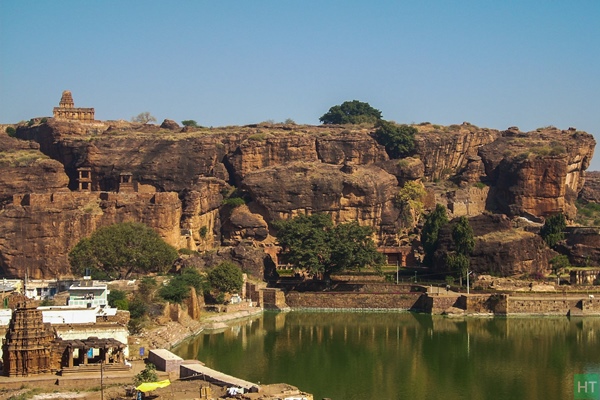
Badami is the most well established sport climbing area in the whole country with lots of route ranging from French 5c to 8b+ (5.14a), the climbing style is very athletic on vertical to overhanging sandstone cliffs, with horizontal breaks , as well as technical faces. Sandstone of Badami also offers nice crack climbing both splitters and corners.
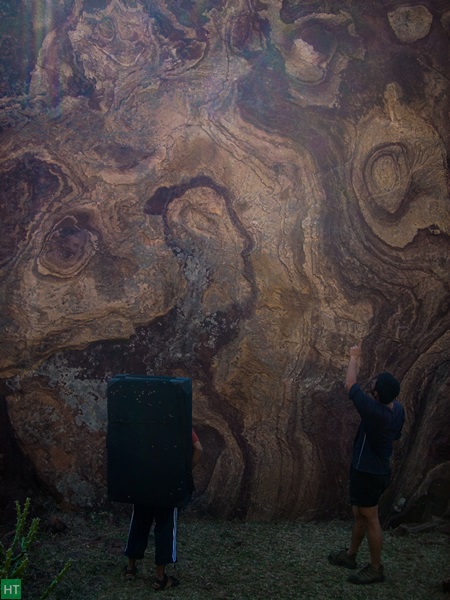
Badami came into prominence as visiting German climber Kurt Albert and his friends started bolting and developing sport climbs and trad climbs. Latter Austrian & French climbers joined to establish more routes. Indian climbers also participated with fellow visiting climbers and continued the development. Elite world class climbers like Nico Favresse, Sean Villanueva o’driscoll, Killan Fishhuber, Paige Classen all have climbed and left their mark in this amazing climbing area.
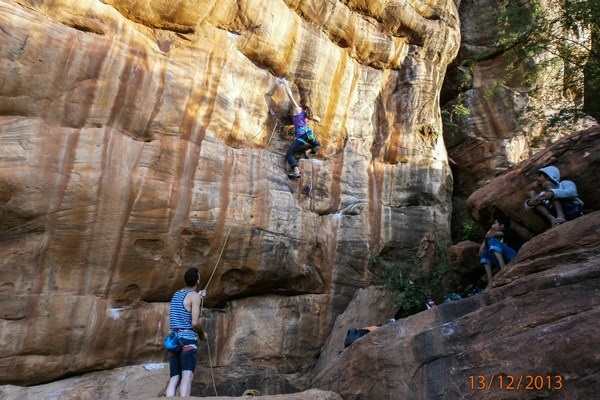
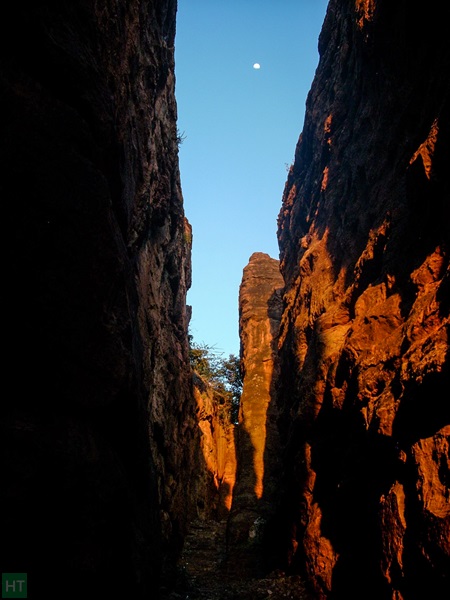
The season in Badami is same like Hampi, from November to end of February.
Hampi and Badami are not faraway and one may visit in 4/5 hours journey ( ~ 150 Km) with possible detour to heritage archaeological sites of Pattadakal and Aihole.
Manali and around:
The northwest Himalayan town of Manali is a popular tourist destination and hosts a very varied high quality climbing around the town. It offers both quality bouldering and sport climbing. The rock type is predominately gneiss and granite with quartzite mix. This provides overhanging boulder problems with varied styles like compression moves on slopers, arête climbing as well as steep powerful climbing on crimps. The sport routes are mostly vertical technical face climbs, a few nice trad climbs are also there. The cliffs around Manali have lot of quality and hold a lot of potential for developing more routes.

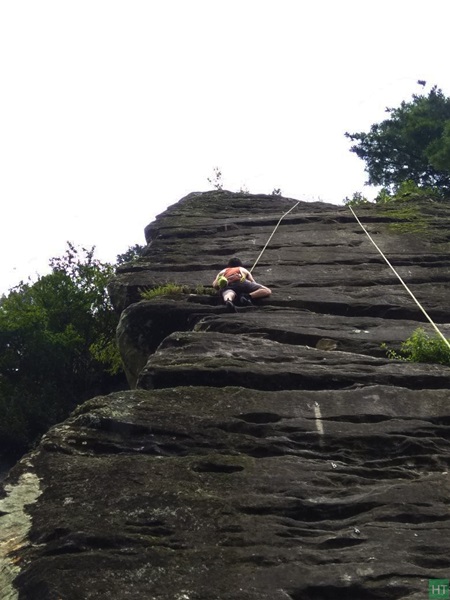
The modern climbing development started in Manali with heli ski guides and latter by Austrian and French climbers, the author took part with them in the early development of sport cliffs in Manali. Legendary climbers like Fred Nicole, Bernd Zangerl has visited and put up world class boulder problems around Manali.
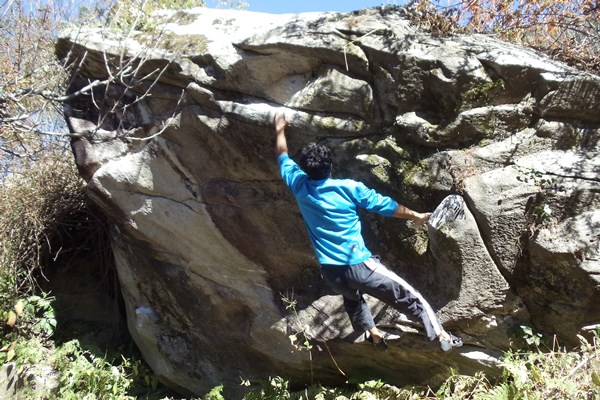
Sethan a small Tibetan village 20 km from Manali has potential to become world class destination, the place already been visited by top European climbers. There are very high quality bouldering potential as well as roped climbing opportunities. Boulderer like Dhilan Mowli‘s passionate work is been significant to help this place develop.
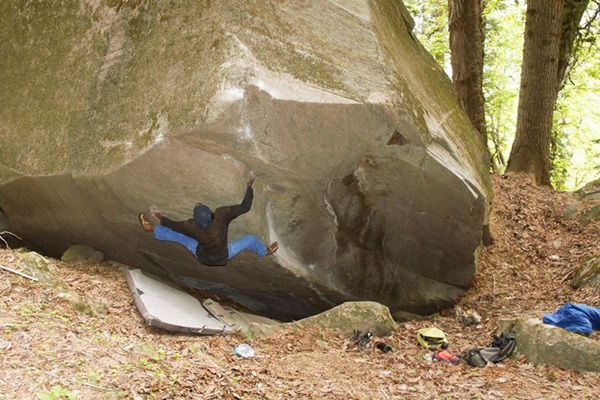
The season of climbing around Manali/Sethan is summer and fall, from April to June and September to November / December, until the arrival of snow.
Crossing over the Rothang pass from Manali one can enter Chandra valley a truly amazing destination for wilderness bouldering. It also hosts lot of potential for long routes. Iconic British climber Paul (Pil) Lockey was instrumental to develop hundreds and hundreds of boulder problem along Chandra River, exploring and spending years in isolation with friends to develop an area which is very unique and unmatched in bouldering scene around the world. The climbing style is very technical and varied with slopers, arêtes, steep roofs and small crimps.
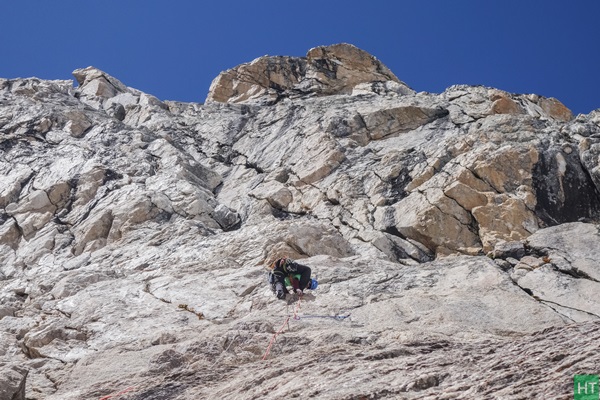
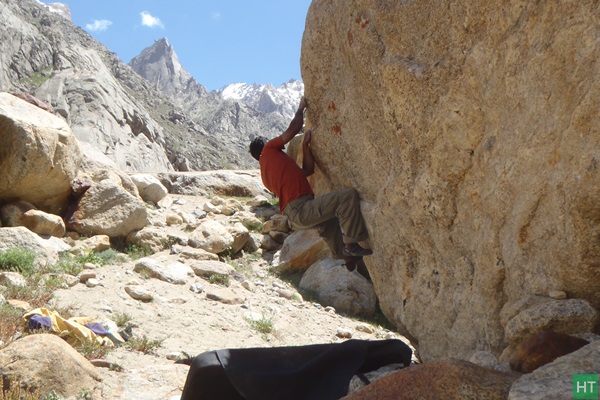
Chhatru and Chotadhara are two places where one can set up a base and explore the amazing climbing opportunities of Chandra valley. The climbing season here is in monsoon as it lies in rain shadow region, the elevation from 3400-3800 meters and the best time to climb here from mid July to mid October.
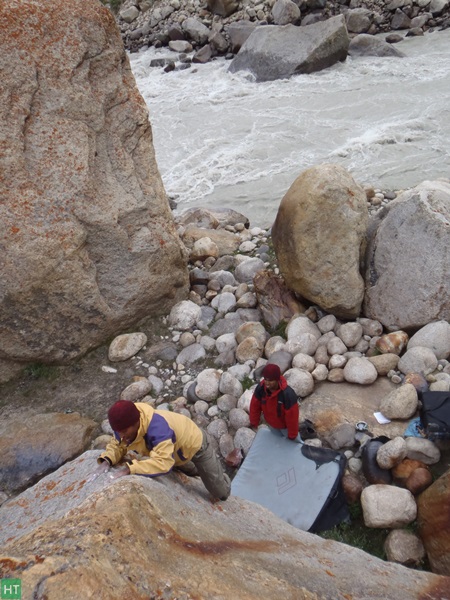
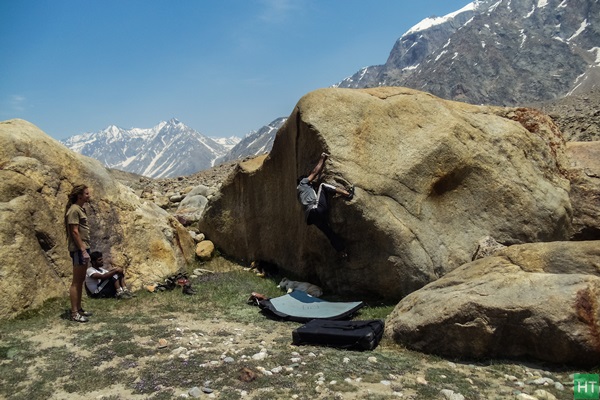
Suru valley:
Suru valley is located about 5 hours from Leh and about 7 hours from Srinagar. It is blessed with great weather, good rock, amazing views and lovely people. The rock in the valley is mostly green schist and unlike granite it has lots of features and makes for some really good climbing.
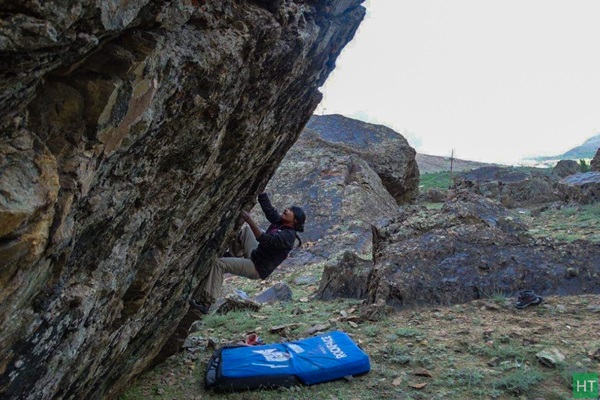
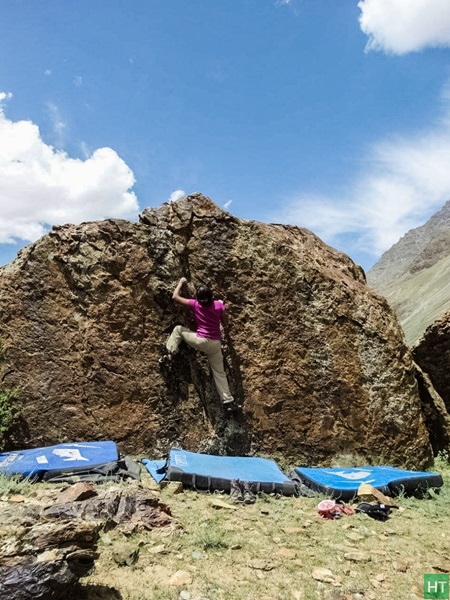
Suru boulder fest is an annual festival; organised by local climbing community in Leh (Gravi T climbing), the festival succeeds in the development of the climbing community as well as awareness about the sport.
Detail information can be found by contacting the event organisers.
Also around Leh there is nice sport climbing crag known as Shey rock, which offers nice sport routes and trad climbs on granite slabs.
Climbing /Bouldering around major Indian cities
Other than these most well known destination, there are places which has been an active play ground for Indian climbers who lived in the major cities of India. The places around Delhi, Mumbai, Pune, Bangalore, Kolkata and Hyderabad hosts nice amount of climbing which have been developed by local resident climbers of these cities.
Delhi:
The national capital city of India New Delhi/ Delhi lies around 200 to 300 meters above sea level. The Delhi ridge which originates from Arravalli range an undulating hilly region offers potential crags suitable for climbing. Dhauj is the most well developed crag of this kind. Here one can found good amount of single pitch climbing on quartzite rocks and Arravalli sandstone Mohit Oberoi’s pioneering effort along with other climbers resulted developing the climbing around Delhi. Mohit Oberoi’s guide book “Guide to rock climbing in and around Delhi “is a definitive guide for climbing in the region.
There are some bouldering places near and inside the city which has been developed in recent times.
The best climbing season is around from November to March, one can find suitable days in September and October also.
Mumbai and Pune:
The closest climbing around the city is in CBD Belapur, Navi Mumbai. You can find the climbing in hillocks behind the Artists village. Climbing here is mostly single pitch sport climbs.
Dighe/Thane area has a few single pitch sport climbing routes.
The best climbing time is from November to end of February.
The Girivihar adventure club and Allied-Petzl company is playing an active part in recent development of climbing in these parts.
Pune lies in western margins of Deccan plateau at an altitude of 560 meters. Two main climbing areas have been developed near the city, Sinhagad Fort and Plus valley. These places offer mostly single pitch sport climbing but some traditional and multipitch routes as well. Rock here is Basalt and little brittle in some places.
From Pune you can travel to different points for a number of nearby pinnacles. Lonavala’s Duke nose is the most popular pinnacle around in addition of few in Nasik. The climbing in these pinnacles offers adventurous experience of climbing through vegetated Basalt, which are a key characteristic of climbing in Sahyadris/Western Ghats.
Climbing is possible year round with exception of the summer season; the best season is winter from November to early March.
Bangalore:
Bangalore has an undulating topography with a central ridge running across the NNE –SSW. The maximum altitude is around 965 meters. The weather and topography allows the climbing around the city to grow. There are all different styles of climbing areas around Bangalore, from bouldering to multipitch crgging. The rock is mostly granite of Decan plateau.
Avathi & Raogudlu are most popular bouldering areas near Bangalore. Thuralli the other popular bouldering area is recently facing access issues.
Ramnagaram & Sravandurga are most popular for their single and multipitch routes on granite slabs.
Varlakonda which lies ahead of Avathi offers nice single pitch sport climbing.
The climbing can be done year round in Bangalore, but the best season is from November to February.
The public groups like ‘Bangalore climbing Initiative’ and others actively promotes climbing around the city.
Hyderabad:
The city of Hyderabad sits on a rocky plateau with grey and orange granite boulders all over the place. Khajaguda is most prominent climbing area in Hyderabad. The area mostly offers lots of bouldering but also hosts few short single pitch sport routes.
Pandavallugutta in Jayshankara Bhupalpally district has a nice amount of single pitch sport routes; the rock here is soft water eroded sandstone and provides nice features for sport climbing.
GHAC and Crag Studio played an instrumental part in developing and promoting rock climbing in the city.
Kolkata:
Rock climbing around Kolkata essentially means travelling to the Chota Nagpur Plateau in districts of Bankura and Purulia. These places are within 200 to 300 Km distance from Kolkata. There is no designated bouldering or sport climbing areas in these places.
Susunia in Bankura provides nice featured quartzite/sandstone mixed rocks and hosts the only sport climbing route around.
Gajaburu hills in Purulia hosts some nice bouldering potential, it also has some moderate long slab routes in its slabby flanks.
Mathaburu hill is another place having few boulders along with some moderate slab route climbing.
The climbing in west Bengal lacked modern development in recent years. Although possible potential crags are around to develop modern style rock climbing routes.
Here are some fascinating alpine rock climbing opportunities in Indian Himalayas
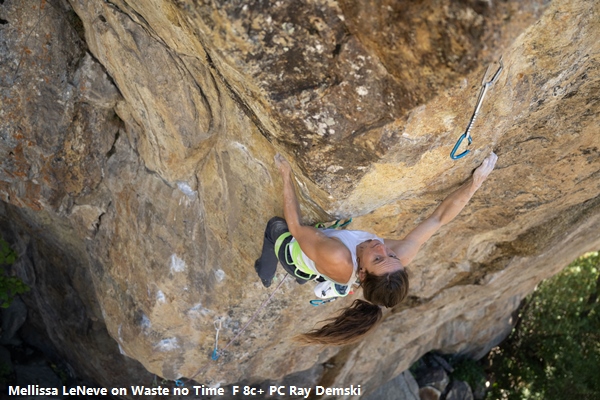
Rakchham: A hidden paradise of granite climbing in Indian Himalayas
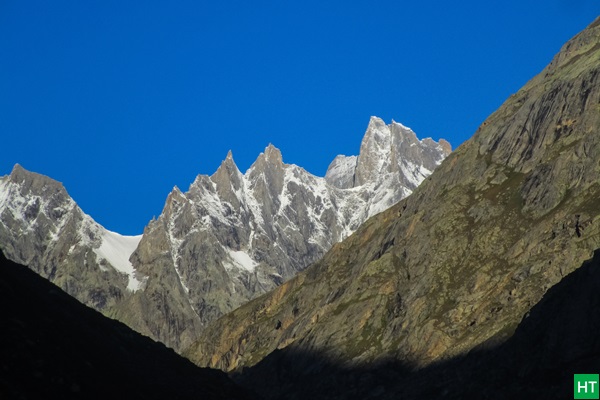
Exploration around Donali glacier in Kishtwar
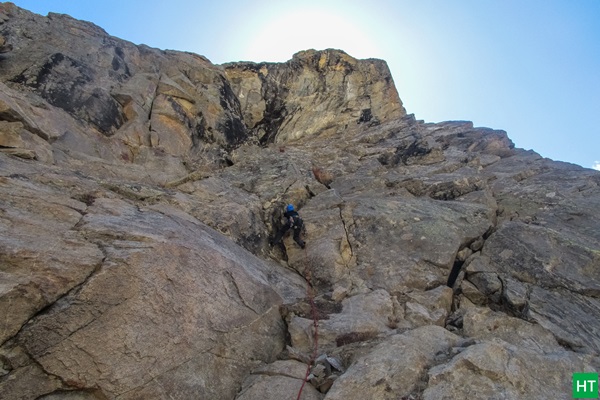
Climbing in Lalung valley: Trijunction of Kishtwar, Suru and Zanskar
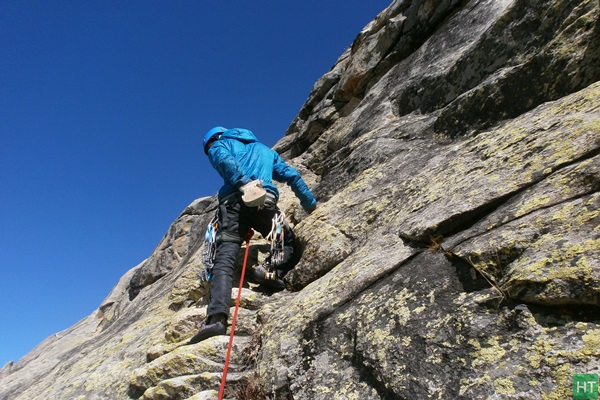
Free climb to Toro peak in Miyar Valley, India
So would you like to know more about the vast opportunities of Himalayan rock climbing in India? Feel free to reach us.

